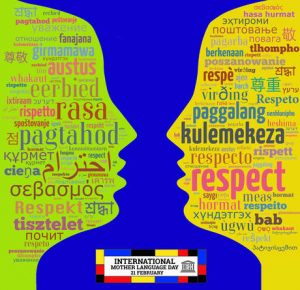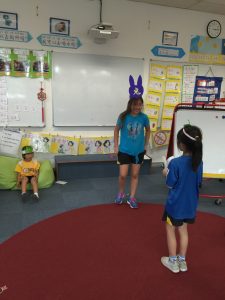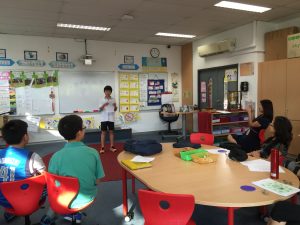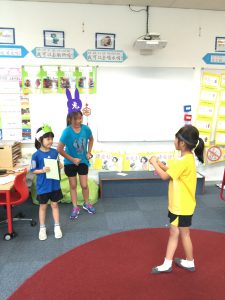February 7, 2017
by ISB Native Language Programs
0 comments
February 6, 2017
by ISB Native Language Programs
0 comments
International Mother Tongue Day
January 31, 2017
by ISB Native Language Programs
1 Comment
Mother tongue in the classroom
January 24, 2017
by ISB Native Language Programs
0 comments
What I’m reading…..
Raguenaud, V. (2009) Bilingual by Choice. Boston: Nicholas Brealey Publishing
Wang, X-L (2008) Growing up with Three Languages. Clevedon: Multilingual Matters
Tokuhama-Espinosa, T (2003) The Multilingual Mind. London: Praeger
January 17, 2017
by ISB Native Language Programs
0 comments
Back by Popular Demand…Ask Olga! Language Support Via Skype

When I read about a Korean grandpa who, for lack of face to face communication with his grandchildren, told them stories by means of virtual tools, and became a star of the internet – I realized that I could have become a star too… since that is something I do with my grandchildren as well (I bet many other grandparents do it too), and for the same reason – being far away. Skype and other virtual tools become substitutes for real connection and provide additional venues for widening exposure to language and culture.
Michelle’s expressive language is getting better every day – for now, the gains are more tangible in French. And no wonder – she has had more exposure and opportunities to interact in her ‘father tongue’. We are happy because these new competencies demonstrate the development of her general linguistic ability. Great! Still we are looking for ways to support the ‘roots and shoots’ of her other languages. So we supplement her ‘mother tongue’ by telling stories on Skype. I emphasize the art of storytelling because through oral language we also support many cognitive and emotional skills, the development of a child’s imagination, natural curiosity, the skill of listening and attention span.
Even though, as a rule, adults are able to improvise, it is a good idea to have a few stories ready before a Skype session. I usually make use of stories from ‘when I was little’ – how I went mushroom picking with my grandpa or how we found and saved a bird with my grandma. I retell folk tales, or make up adventure stories, often with ‘to be continued’ remark at the end of the session. Sometimes we talk about a recipe for a favorite kind of food or a salad I made last night, naming ingredients and giving cooking instructions. These conversations contribute to learning new vocabulary along with new concepts, and add to grammatical complexity of Michelle’s language, both receptive and expressive, and of course help maintain the emotional connection between the listener and the storyteller. I look back at my early days and begin to appreciate more and more my grandma who told and retold stories to generations of her children, grandchildren and great-grandchildren.
Virtual communication is the best substitute for none at all, but of course we long for real face to face talk. Time to make travel plans!
January 17, 2017
by ISB Native Language Programs
0 comments
Want an engaged brain?
January 10, 2017
by ISB Native Language Programs
0 comments
Is bilingualism for everybody?
At risk learners and bilingualism – interesting paper.
This paper focuses on bilingualism and the following three categories:
- Children with Specific Language Impairment (SLI): SLI refers to the presence of a language learning impairment in the absence of impairments in nonverbal intelligence, frank neurological difficulties, hearing problems, and oral-motor structure and function difficulties. SLI is also sometimes referred to as Language Impairment, Developmental Language Disorders, and Primary Language Impairment.
- Autism Spectrum Disorders (ASD): ASD is a disorder of social interactions accompanied by restricted repetitive behaviors and often, but not always, is associated with intellectual disability and/or language impairments.
- Down syndrome (DS): DS is a chromosomal disorder usually resulting in moderate ID, language impairment, and physiological, anatomical and health anomalies.
January 9, 2017
by ISB Native Language Programs
0 comments
After school Chinese class
Activities in the Chinese after school mother tongue class – Semester 1 2016 / 17
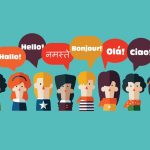
December 14, 2016
by ISB Native Language Programs
0 comments
Language (Myths of Multilingualism)
December 14, 2016
by ISB Native Language Programs
0 comments

